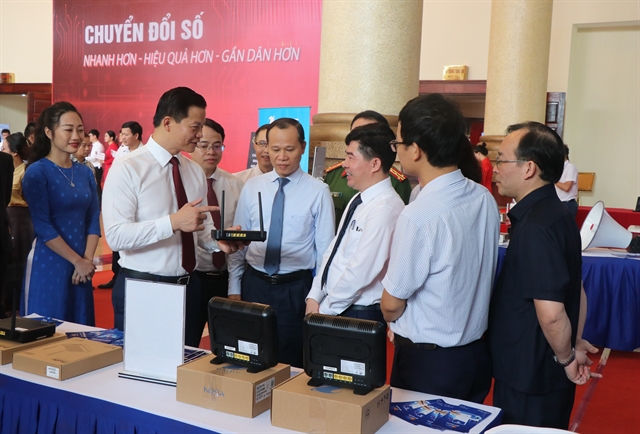 World
World

US space agency NASA is poised on Thursday to launch its groundbreaking first mission to a near-Earth asteroid to collect samples that could shed light on the dawn of the solar system.
WASHINGTON — US space agency NASA is poised on Thursday to launch its groundbreaking first mission to a near-Earth asteroid to collect samples that could shed light on the dawn of the solar system.
Scientists hope the seven-year, $800 million mission will reveal something about the origins of the Bennu asteroid and of life itself.
The OSIRIS-REx spacecraft is scheduled to blast off Thursday at 7:05 pm (2305 GMT) from Cape Canaveral Air Force Station, near the Kennedy Space Centre in Florida.
"The primary objective of the mission is to bring back 60 grams (2.1 ounces) of pristine carbon-rich material from the surface of Bennu," said Dante Lauretta, principal investigator of the mission and a professor of planetary science at the University of Arizona.
"We expect these samples will contain organic molecules from the early solar system that may give us information and clues to the origin of life."
The Lockheed Martin-made spacecraft will be carried aboard an Atlas V rocket made by United Launch Alliance, a 50-50 joint venture owned by Lockheed and Boeing.
Weather forecasters said there was an 80 percent chance of favorable conditions for the launch of the mission aimed at peering into the solar system’s birth 4.5 billion years ago.
OSIRIX-REx (Origins, Spectral Interpretation, Resource Identification, and Security-Regolith Explorer) is expected to reach Bennu in August 2018 and return to Earth with its bounty in 2023.
The asteroid is about 1,600 feet (492 meters) in diameter. "Think of it as a small mountain in space," Lauretta said.
Its 1.2-year orbit around the sun brings it closer to Earth every six years at a distance similar to the moon -- although there is very little chance Bennu could collide with Earth, according to estimates by the National Aeronautics and Space Administration.
The highest probability, one in 2,500, would occur between 2175 and 2196.
Once OSIRIX-REx reaches the asteroid in 2018, five instruments will map its surface using 3D laser imaging, identify the minerals and chemicals that may be on the surface, and select the sample site.
In July 2020, the spacecraft will touch Bennu -- but only for three seconds -- with a three-meter (3.3-yard) arm to collect rocks and dust using a device called the Touch-and-Go Sample Acquisition Mechanism (TAGSAM).
The TAGSAM is a type of reverse-vacuum device originally conceived by a Lockheed Martin engineer in his garage. — AFP